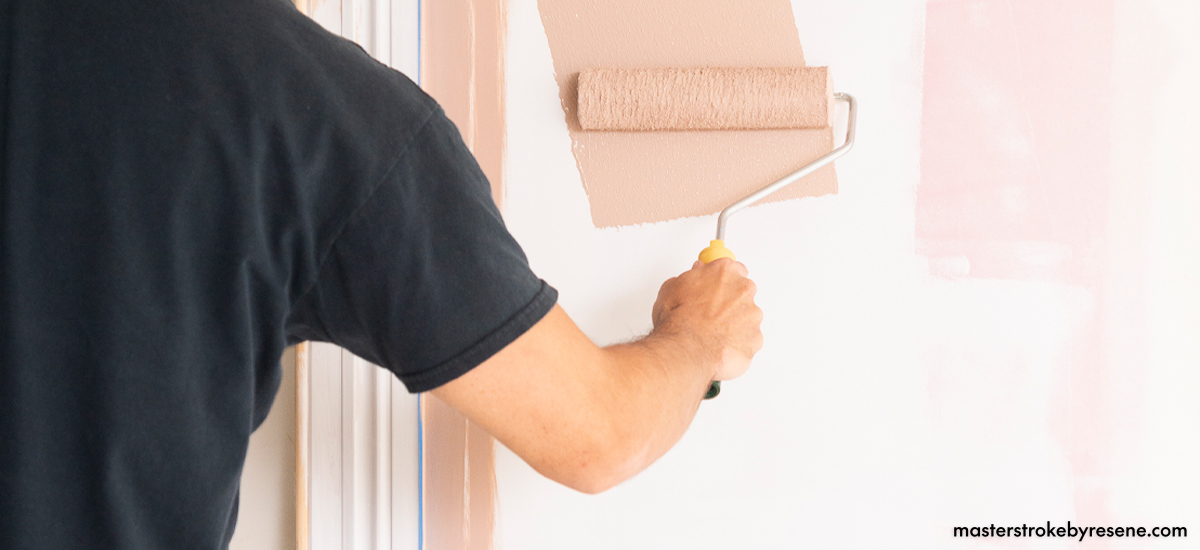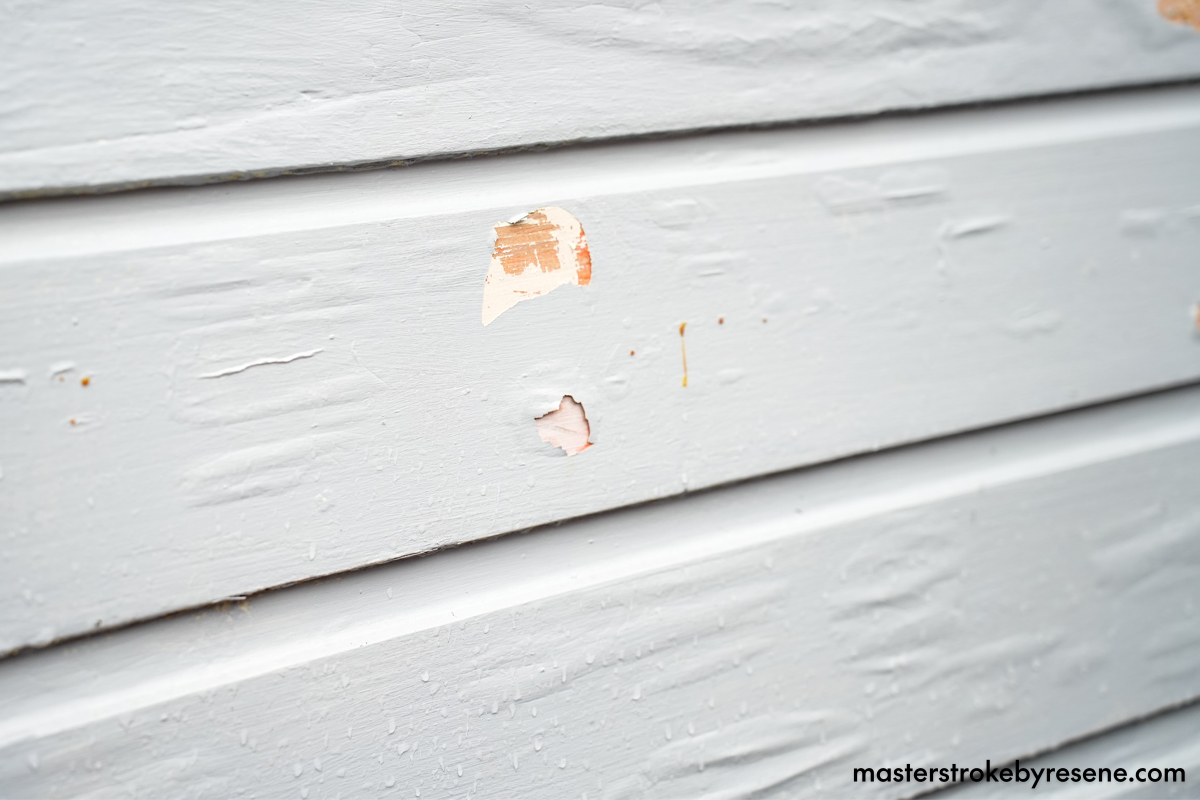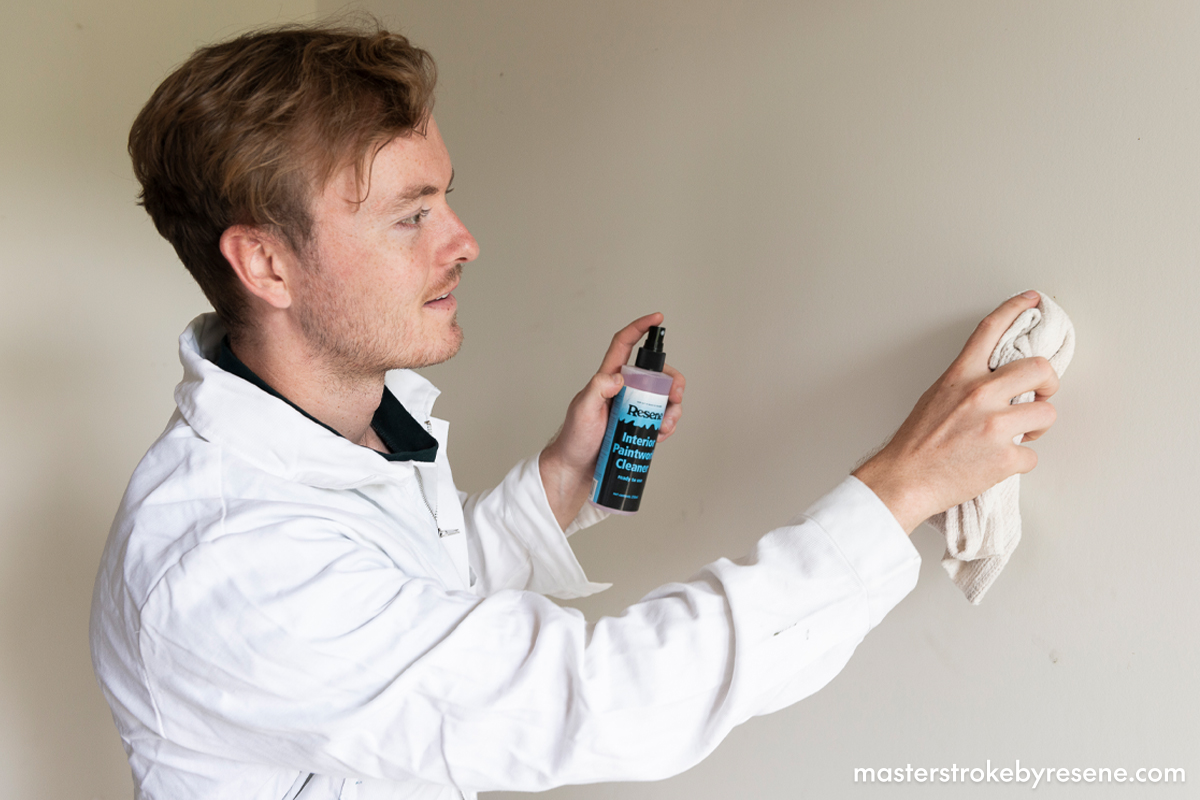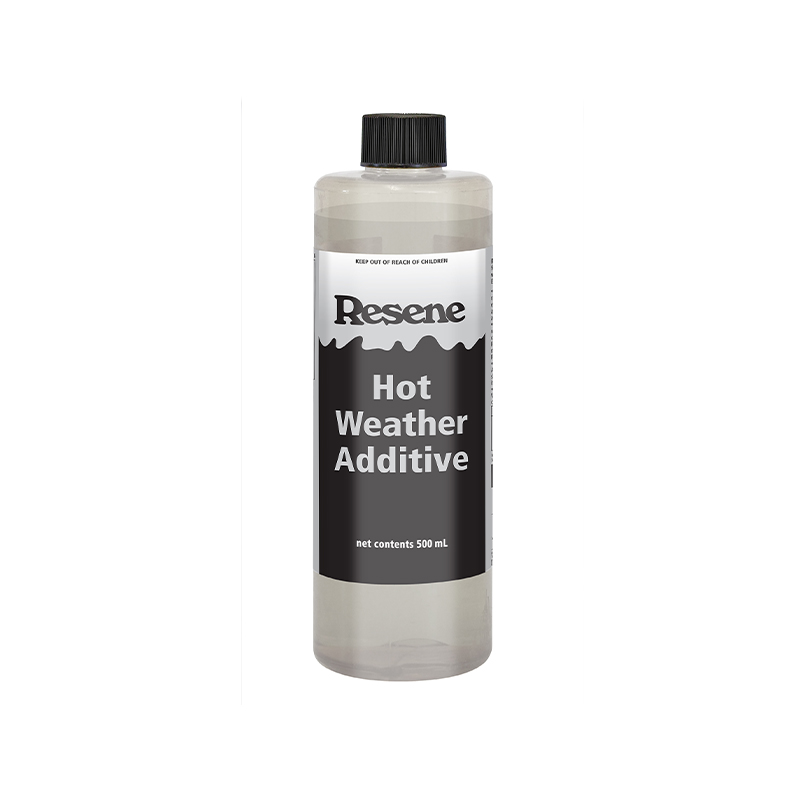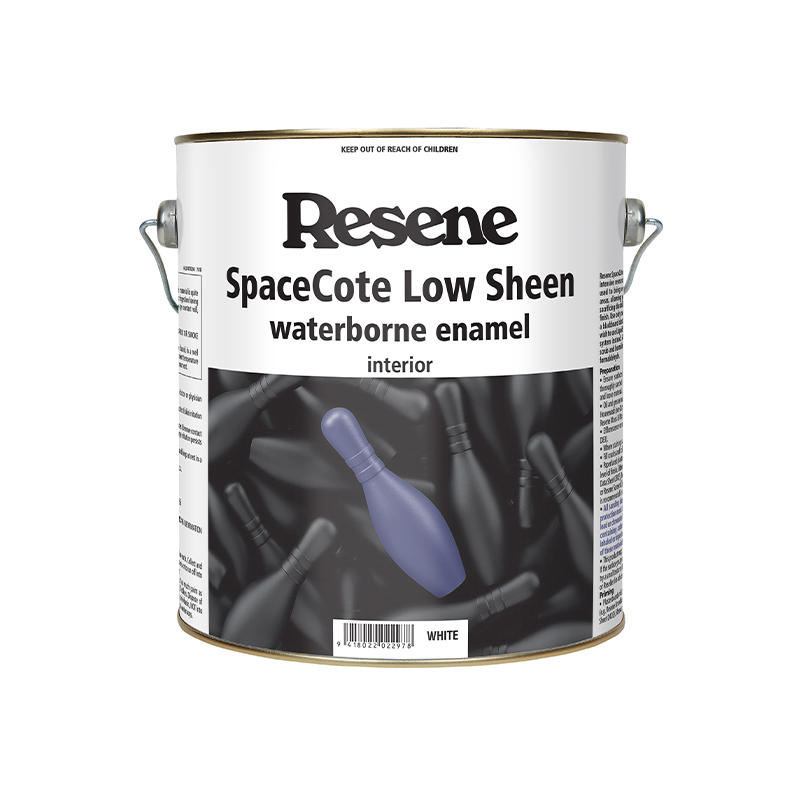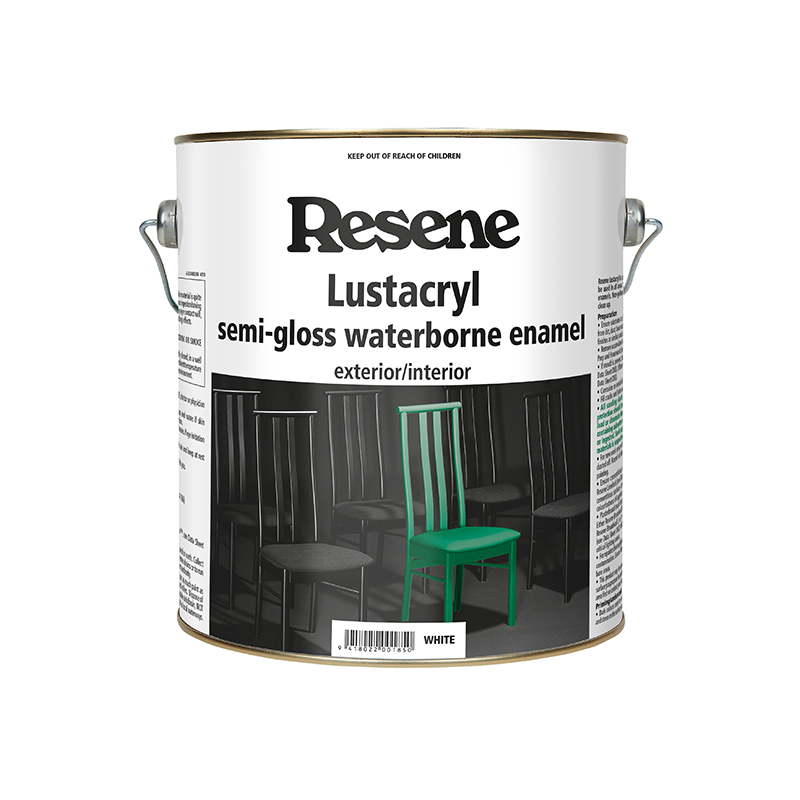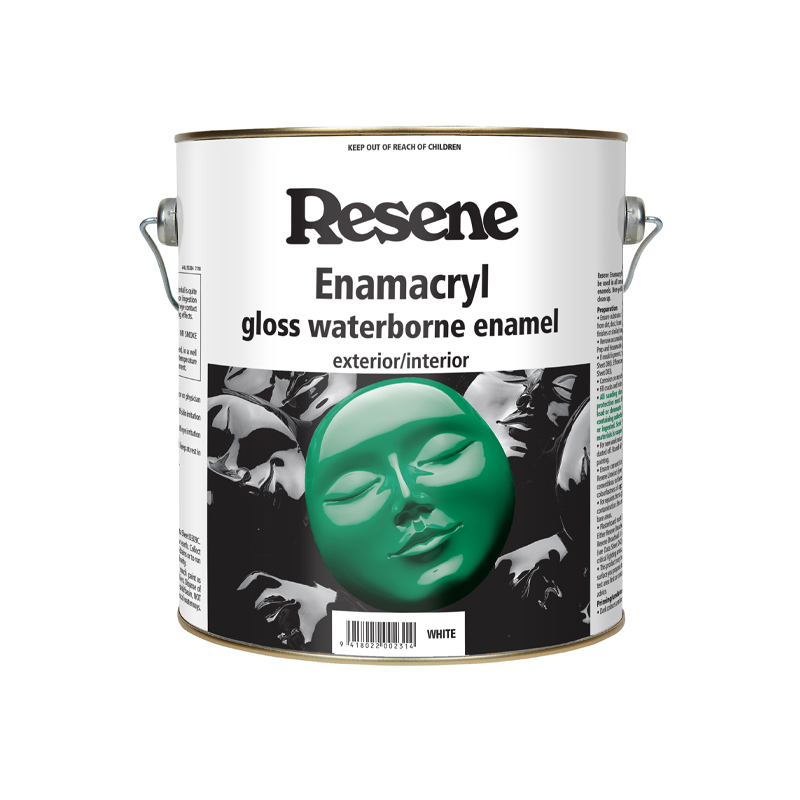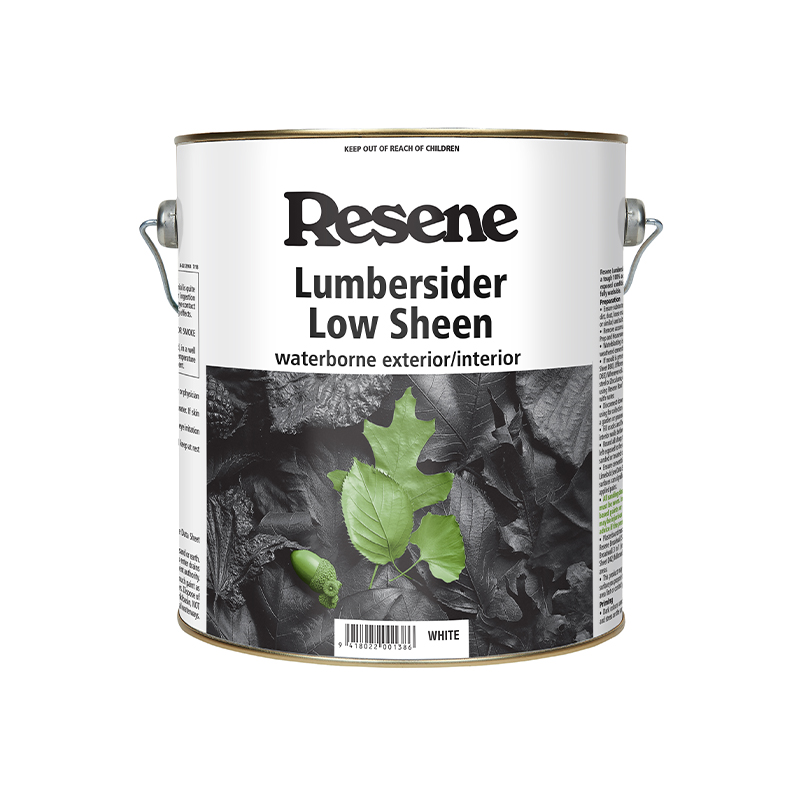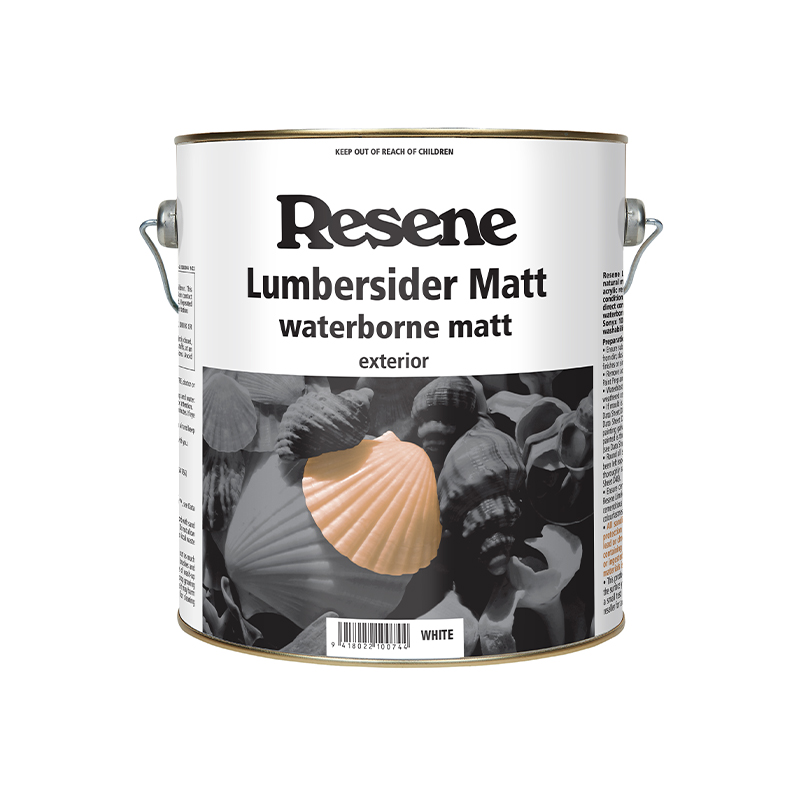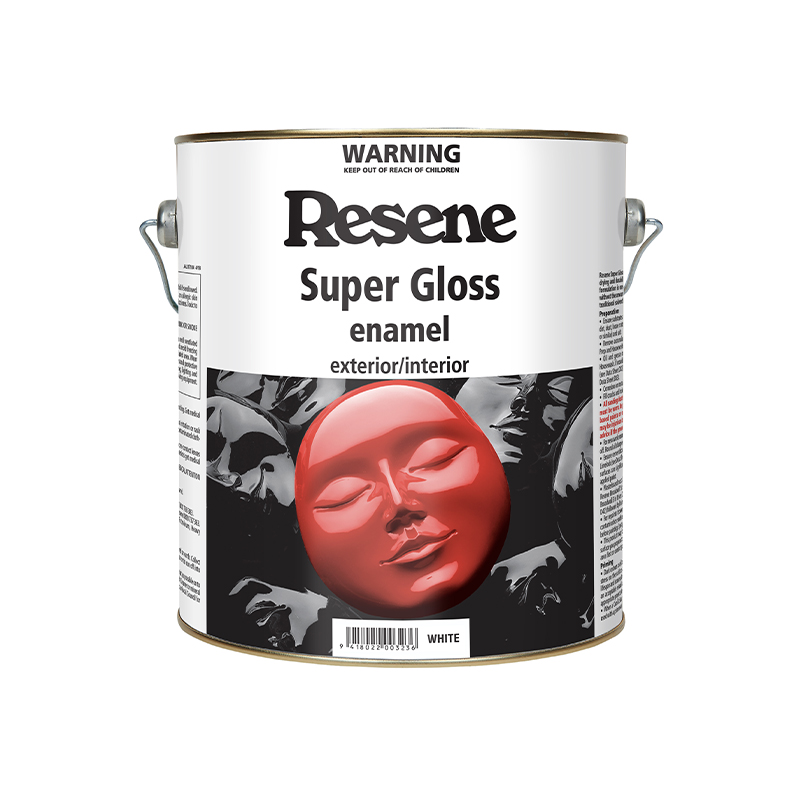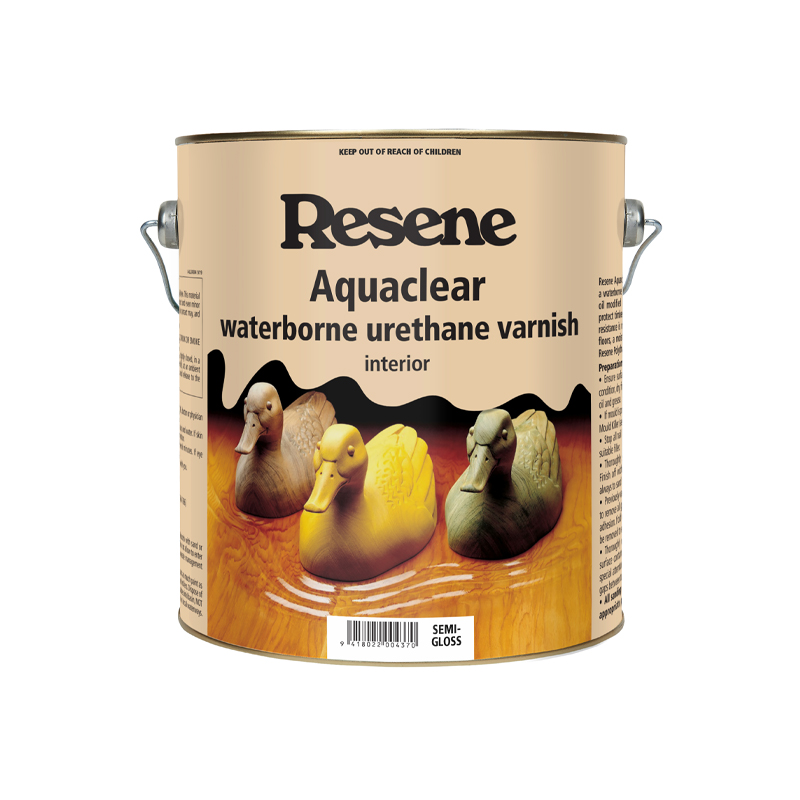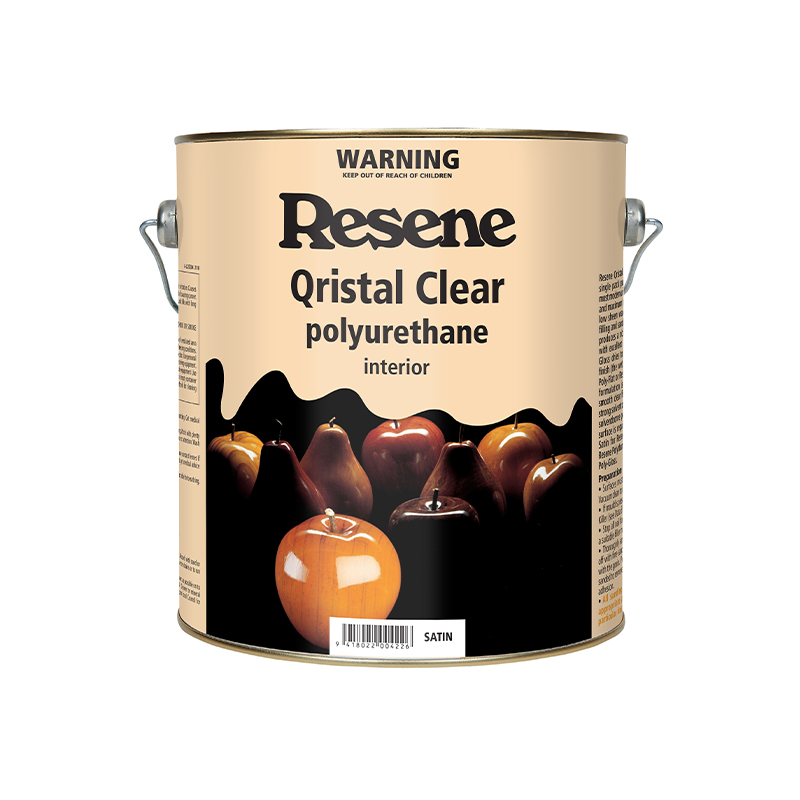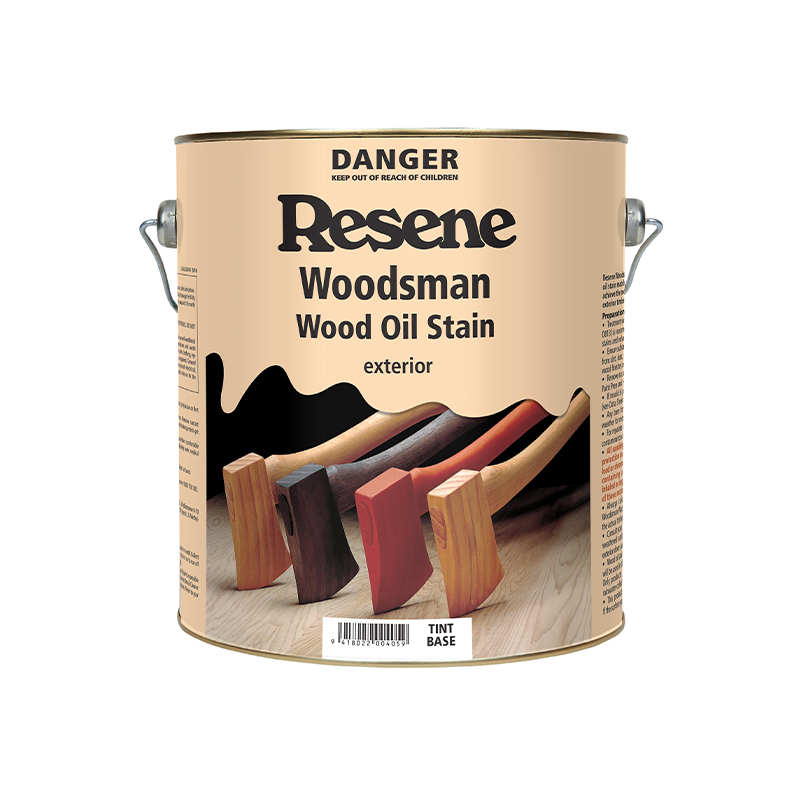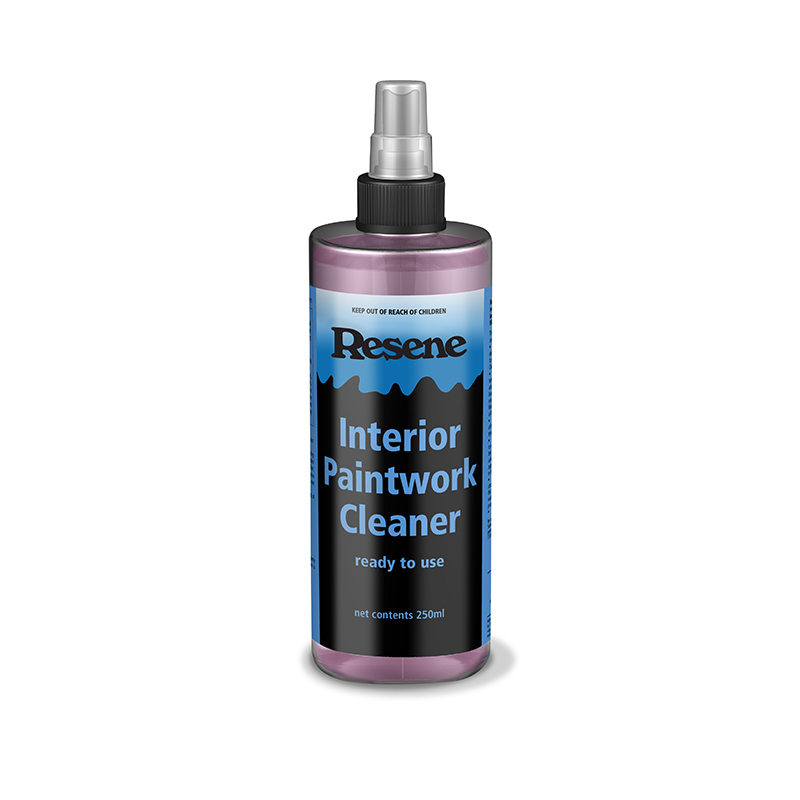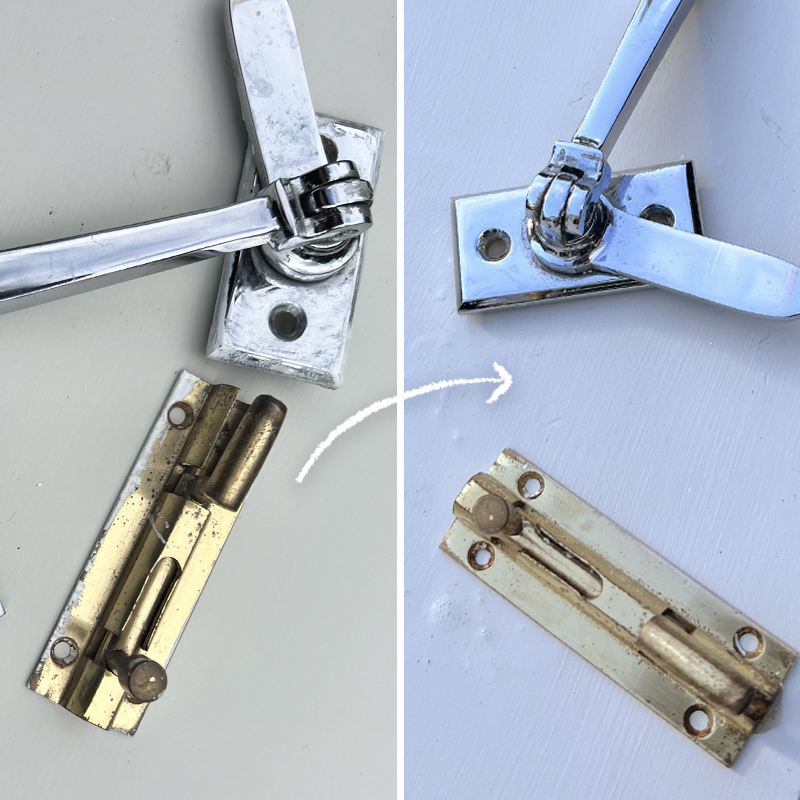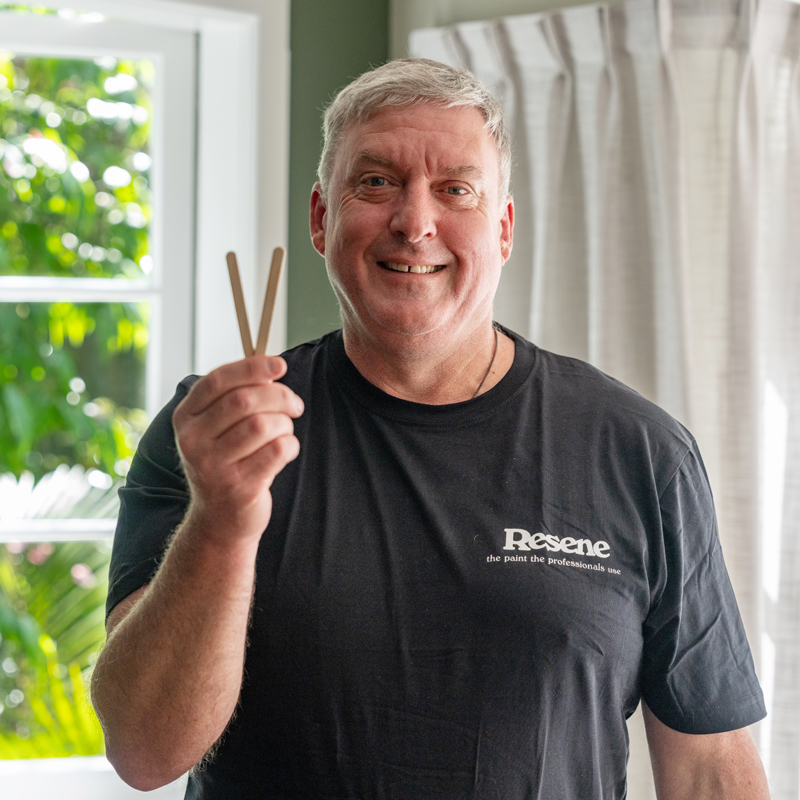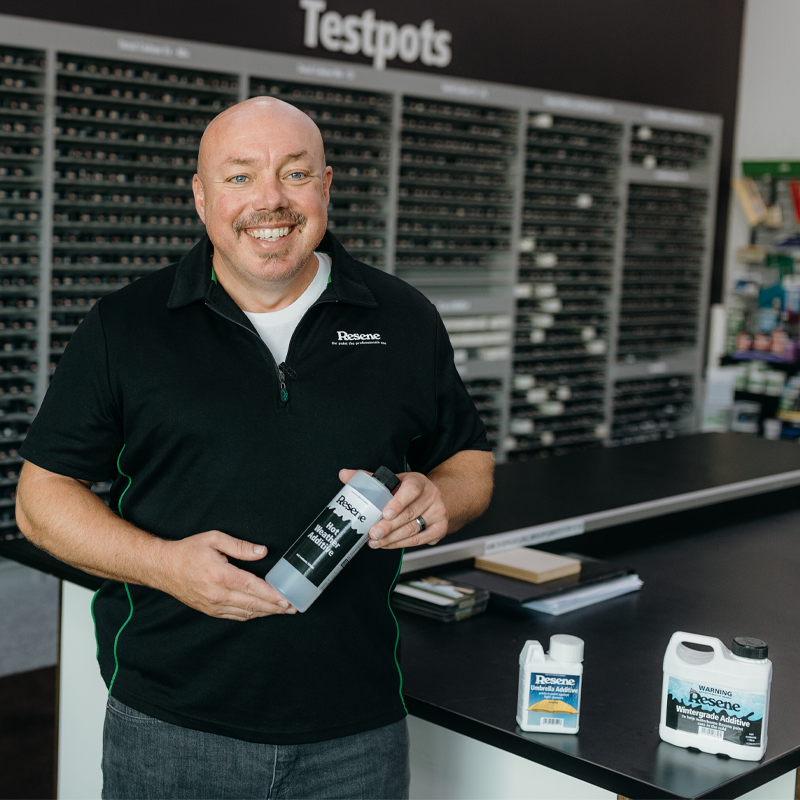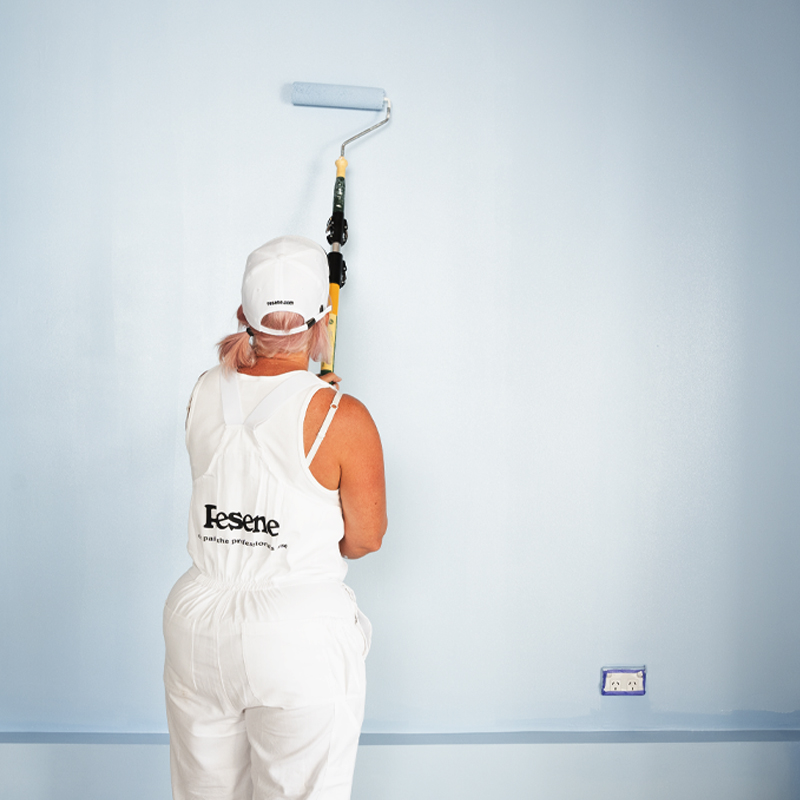If you’ve decided to pick up a paintbrush, good for you! Resene’s paint formulation technology and the high-quality tools and equipment available these days has made decorating easier than ever. However, there are a few mistakes you could be making without even noticing that can severely affect the outcome of your paint job.
But don’t worry, these mistakes are surprisingly more common than you think – even seasoned decorators have been caught out one time or another! Read on to discover some frequent painting mistakes and how to solve or avoid them. Remember, if you ever have any paint related questions and require advice, no matter how basic, the staff at your local Resene ColorShop are willing and available to assist – or use the handy Resene Ask a Paint Expert service online.

